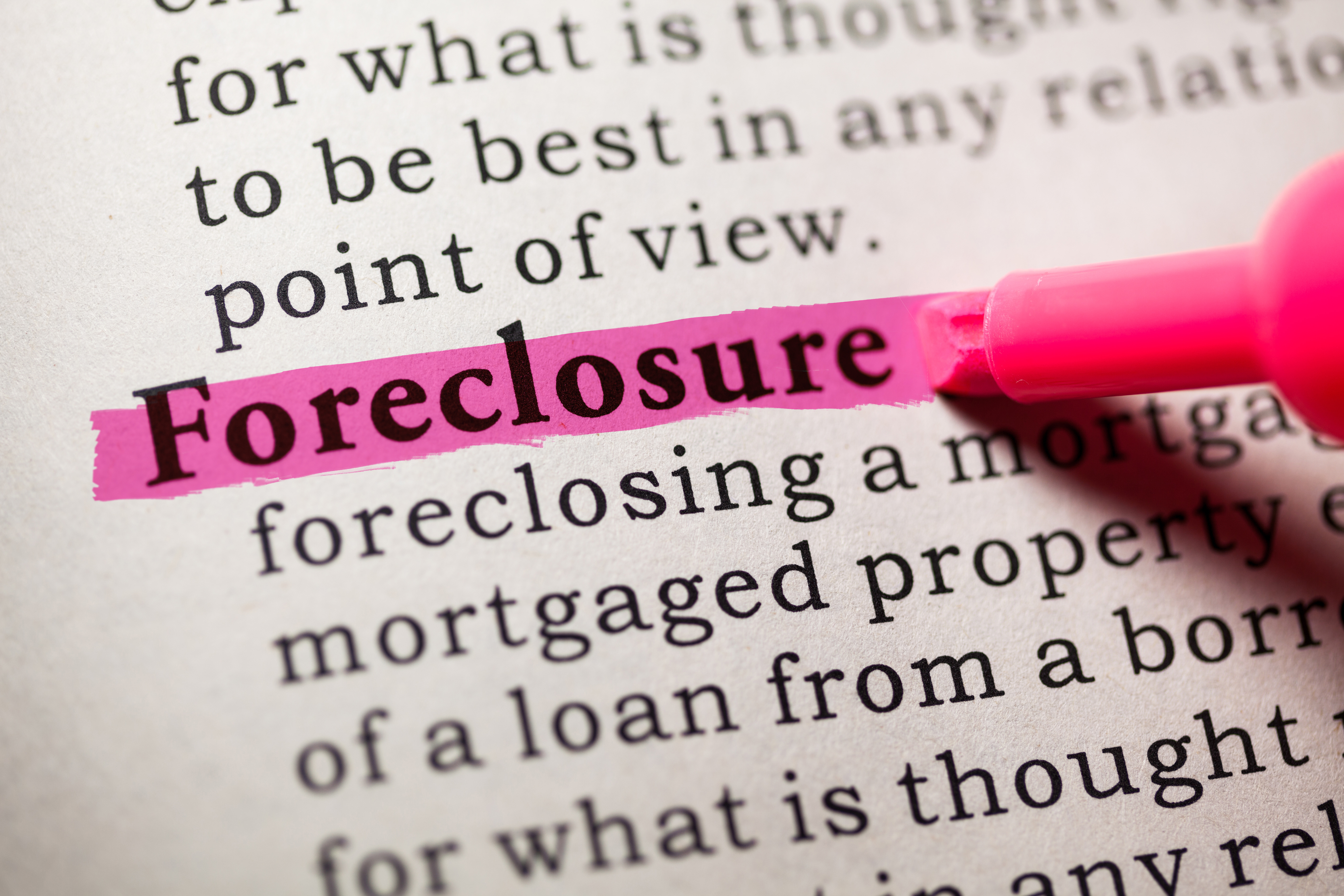
08 Feb Foreclosure: The Five Stages of the Process
A foreclosure can be really frustrating and has a big impact to the life of those affected. But not everyone knows what exactly what it is, or what is the process of it. Foreclosure is the situation where a borrower fails to meet the financial obligation of his mortgage. This has as a result the lender to forfeit his rights to the premise. As you are about to read, we will explain the five stages of the process, step by step.
Everything starts with the missed payments
Foreclosure is not something that happens from one day to another, it takes time to process. It all starts when the homeowner, or better the borrower, fails to pay on time his mortgage installments. There are many reasons of why it happens, and the most common are of course financial disasters, unemployment and many, many more.
Then comes the public notice
If you’re already wondering how many missed payments does it take for a foreclosure to proceed, the answer is between three to six payments. After a period of three to six months, the lender will issue a public notice with the County Recorder’s Office (the name may vary according with the state the foreclosure takes place in). The public notice is the official notice that you’re about to face a possible eviction from your property. The public notice is presented to the homeowner by posting it on the front door of the premises. That may vary according to each state’s law.
The pre-foreclosure period
This is the borrower’s chance to take actions and avoid losing his property. Within 30 to 120 days after the lender affixes the notice to the door, he has time to take corrective actions. That may be a settlement to pay some of the amount owned, or if to pay off the total amount if possible. Remember that any suggested settlement from your side, must be accepted from the lender. If that works out, then the borrower has no further danger to lose his house, unless he shows the same behavior in the future. If none of the arrangements work, and the amount remains unpaid, the process continues.
Time for the auction
Auction is the stage four of the process. Now the lender or its representative (known as the trustee), sets a date for a foreclosure auction. In the foreclosure auction the lender or his trustee, try to sale the property for cash to the higher possible bid. Many states, allow the borrower to stop the foreclosure even at this stage. That happens if he shows up with cash and ready to pay off the amount owned. This is called the “right of redemption.”
Post-foreclosure
It’s possible that the house will not be sold at the auction. Then, it becomes a bank-onwed property, which means all of its legal rights return to the lender. Usually a bank-owned property is sold through local real estate offices on the open market.
No one said that it’s easy or pleasant, but it happens. Now you know what the process looks like, as well as your chances to win back your house during the frustrating process of a foreclosure. You have a foreclosure in your credit report that you want to get rid of? Baby Boomers Financial can help you.
